
Turkey proved a wonderful adventure for many reasons. It’s a beautiful country, the people are friendly and polite, and I felt safe and comfortable. But for me, one of the most fascinating aspects of traveling there was learning about Islam. In particular, observing how the Turkish women dress. After I got back I wrote a blog on the subject.
Recent events inspired me to take a look at the old article, and I found some things had changed.
THE HAT LAW OF 1925

Among other sweeping reforms, the founding father Ataturk made sure there was a separation of church and state. He adopted regulations for a dress code to keep religious symbolism out of civil service. The code was primarily for men, probably because there were not many women who worked in civil service, and a more western style became the norm. The Hat Law of 1925 banished the fez and imposed lengthy sentences of imprisonment at hard labor for those who continued to wear it. Women, however, were granted the freedom to decide whether or not they wanted to cover their heads.
“It was more or less assumed that they [women] would eventually give up the headscarf as the new, secular Turkish identity took hold. Many did … By the 1970s, discouraging headscarves had taken on the force of law. The headscarf was banned in government offices, hospitals, universities, and schools. By the 1980s, these lengths of cloth had taken on hot political connotations.” news.nationalgeographic.com/2013 by Roff Smith, National Geographic, October 12, 2013
In 2013 this law was rescinded, with mixed reaction among the Turkish. Veiling is optional and women can make the choice to wear Islamic dress because modern fashion allows women to express their Muslin identity and Islamic beliefs in fashionable form.
According to Elizabeth Bucar [www.theatlantic.com/uslim-women-fashion] Muslim women, “spend an extraordinary amount of time trying to counter the stereotype that modest dress is ugly by using the skills of beauty work. Beauty work thus helps to remove the stigma from modest dress by making this style of clothing more attractive to other Muslim women.”
As far as I can see, Muslim fashion in general, not just head coverings, has taken on the aspect of making a political statement which is about having a choice. Many Muslim women seek new ways to express themselves while remaining true to their religious and cultural values.
Also, what constitutes “modest” depends on the society. Not all Muslims are Arab, and there are differences in what is considered “modest” dressing in India, Indonesia, Africa, and other locations where Muslims live. Finally, in countries like Jordan, all Christians living there have, for hundreds of years, dressed in tribal clothing just like their neighbors, and many still do.
Bottom line: Muslin Fashion does not have to be dull, boring, shapeless, and dark.
Photo source: atdaa.com/turkish-women-s-love-fashion ▼ ▼Photo source: https://www.mindu.gq/en/info/32807549120
Without getting into a discussion of something about which I know very little, I will quote from the following article on Discoverislam.com/ regarding why Muslim women dress the way they do.
"Muslim women dress in a way that is modest and dignified. The purpose of clothing is not only to protect oneself from the physical elements, but also to protect from immorality and pride. The Islamic concept of dress applies to both women and men. It sets expectations of moral and respectful interactions between the genders. As a result, both men and women are liberated from their baser instincts and can focus on higher pursuits.”
http://fashionlinks4us.blogspot.com/2010/08/islamic-dresses-4-women.html
BASIC DRESS STYLES: Not Your Grandmother’s Kind of Style
Another site identified the various kinds of garments Muslim women wear. This article states that “This dress code applies to women and adolescent girls, but not to children.”
Abaya: It is a flowing outer garment worn over all other clothing. The traditional Abaya is black and may be either a large square of fabric draped from the shoulders or head or a long caftan. It covers the whole body except the face, feet and hands. Today they are more stylish than a large square of black fabric.
Basic Style ▼ PhotoSource: www.owame.com/arab-vestidos-2019 ▼ PhotoSource:www.owame.com/arab-vestidos-2019 ▼
 ▲Blazers and suits, popular corporate dress PhotoSource:www.outfittrends.com/turkish-tutorial/ ◄PhotoSource:https://www.shiddat.com/blue-colored-turkish-abaya |
Jilbab: This is a garment that may be worn like a dress, usually with trousers or long skirt underneath. It also covers the body except the hands, face and head. The neck and head are then covered by a scarf.
Basic Style My Photo on the street▼ PhotoSource: https://www.neva-style.com/▼ PhotoSource:▼ www.turkishfashion.net/nihan ▼
Salwar Kameez: A garment originating from the Indian subcontinent, which translates as “trouser suit” and is comprised of a long skirt, trousers, and dupatta. These garments are usually very colorful and bright, and are sometimes embroidered. In looking through the on-line shopping for Turkish Salwar Kameez, much of this style seemed to be wedding and party wear. I didn’t observe any on the streets in 2012 or in photos taken later by others. There were a lot of women in pants however.
Basic style PhotoSource:▼www.indiamart.com Source of 3 Photos: http://www.indiamart.com/salwar
BASIC HEAD COVERINGS
The photo depicts the basic type of head coverings worn by Muslim women. Don’t forget, every country and culture has their own styles and standards.
Photo source:www.spiegel.de/international/germanydebatesban
Hijab: This is a head covering worn by many women of faith in Islam. They come in all colors and have wonderful prints.
Although some wear black or white scarves, most of them were colorful and beautiful, usually made of silk, and are worn over and pinned to a coordinating skull cap to keep them in place.
Many of the young women were very stylishly dressed, although blue jeans abounded among the younger women.
The Jilbab seemed very popular. Women wore them over pants or long skirts, usually in tan, dark blue or black, and, of course, with a head covering. Some are very high fashion, But I didn’t see many of those.
A smaller number were seen in black Abayas (generally older women), and I only saw one woman in a full Burga with her eyes totally covered. She was dressed in black, not a pretty colored Burga in the photo above.
Nearly all the women carried black purses and had wonderful leather shoes. But you would also see sports shoes and sandals.
□
Sources:
https://turkeytravelplanner.com/details/WomenTravelers/women_wear.html
https://news.nationalgeographic.com/news/2013/10/131011-hijab-ban-turkey-islamic-headscarf-ataturk/
https://www.theatlantic.com/international/archive/2018/02/muslim-women-fashion-political-influence/550256/
https://www.washingtonpost.com/news/made-by-history/wp/2018/08/17/what-westerners-get-wrong-about-the-hijab/?utm_term=.ee54428178df
https://www.abc.net.au/news/2014-09-23/why-do-muslim-women-wear-a-burka-niqab-or-hijab/5761510
https://www.commonwealmagazine.org/wait-i-thought-was-muslim-thing
https://www.middleeasteye.net/features/fashion-revolution-middle-east’
http://boingboing.net/2012/05/11/modernizing-modesty-the-hijab.html
http://www.hijabstyle.co.uk/
photos
https://www.slideshare.net/modestpath/fall-winter-2019-latest-abaya-jilbab-collection-by-modestpath
https://www.owame.com/products/arab-vestidos-2019-long-uae-abaya-dubai-kaftan-kimono-linen-maxi-muslim-shawl-bodycon-hijab-dress-women-turkish-islamic-clothing
https://www.owame.com/products/arab-vestidos-2019-long-uae-abaya-dubai-kaftan-kimono-linen-maxi-muslim-shawl-bodycon-hijab-dress-women-turkish-islamic-clothing
http://www.turkishfashion.net/nihan-textile-Collection-Spring-Summer-2017/11170
http://www.turkishfashion.net/nihan-textile-Collection-Spring-Summer-2016/10802
https://aohuijie.en.made-in-china.com/product/mCxQjwsOwoVN/China-Exclusive-Design-Ethnic-Embroidery-Style-Blue-Color-Long-Dress-Muslim-Abaya-Elegant-Islamic-Coat.html
https://atdaa.com/turkish-women-s-love-for-fashion-how-to-dress-in-istanbul
http://www.indiamart.com/turkish-salwar-kameez
: https://www.mindu.gq/en/info/32807549120
https://eastessence.com/products/white-hajj-umrah-shalwar-kameez-1?variant=22523712995376 ▲
https://www.outfittrends.com/14-latest-turkish-hijab-styles-simple-turkish-hijab-tutorial/
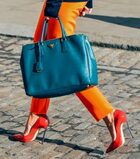
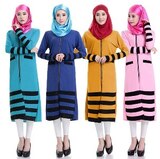

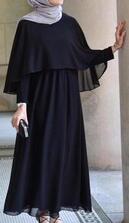


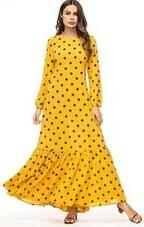
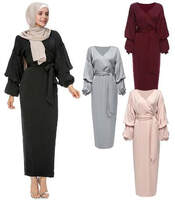
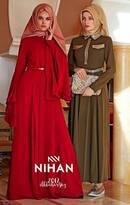

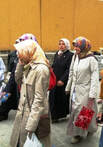




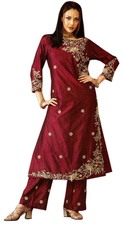
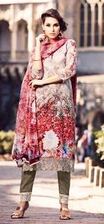

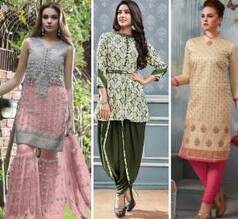
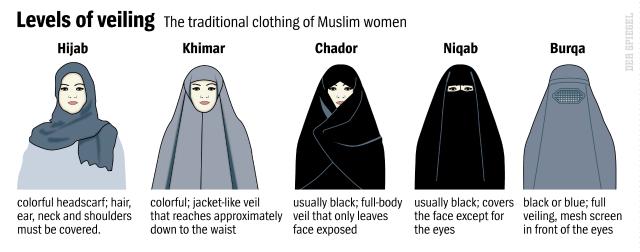
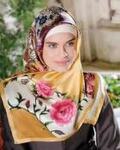


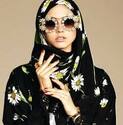
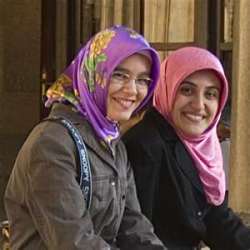

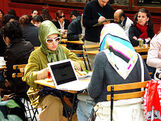
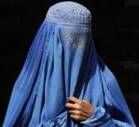

 RSS Feed
RSS Feed